Historic House
The centerpiece of the property, the House was built by Agnes and William Bourn, the original owners of Filoli. In their late 50s at the time of construction, the couple envisioned the Georgian Revival-style manor as a "place to grow young."
You are invited to explore the first floor of the House as part of your self-guided visit, including the grand Ballroom and Staff Wing.
By the Numbers
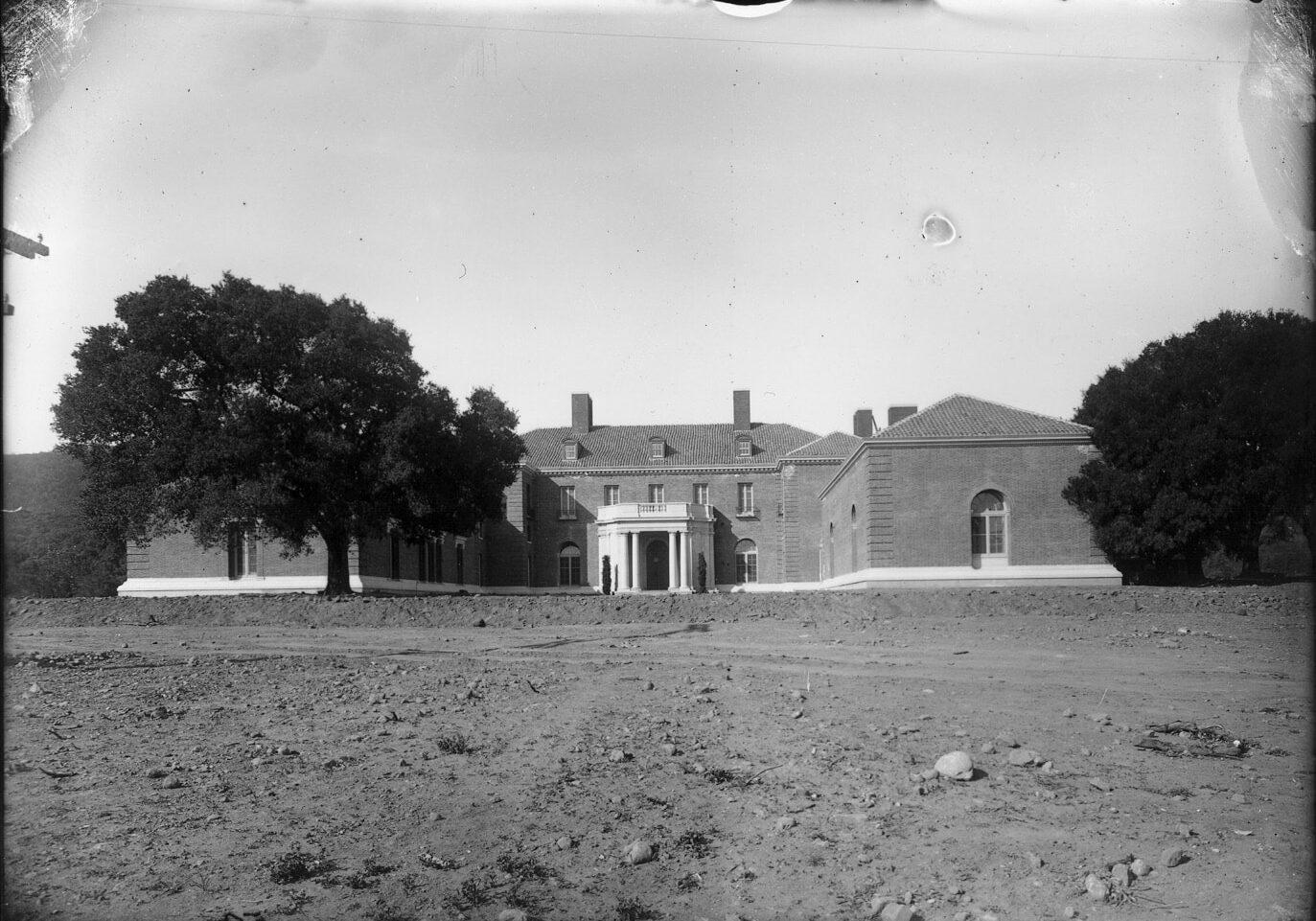
Construction
Designed by renowned San Francisco architect Willis Polk, the House took three years to construct and was completed in 1917. The project went over budget, ultimately costing $425,000 ($10 million in 2025 currency), not including the Garden and auxiliary buildings.
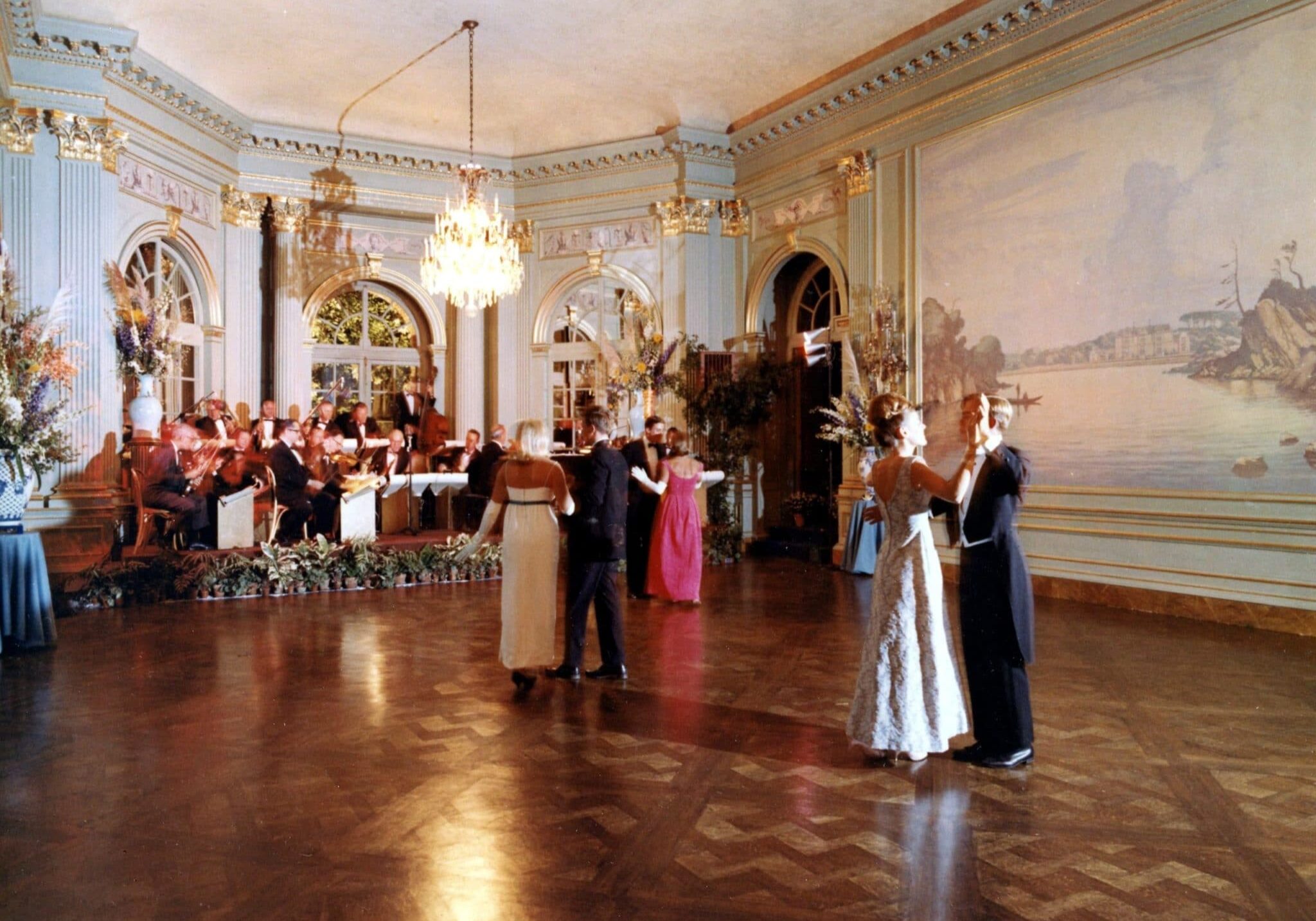
Entertaining
Though William and Agnes Bourn initially conceived Filoli as a humble “country place,” the House was designed as a space for entertaining on a grand scale. They hosted dinner parties in the elegant Dining Room and concerts in the Ballroom. The second family to live at Filoli, the Roths, took it to the next level by throwing huge, over-the-top debutante balls in the 1960s (pictured).
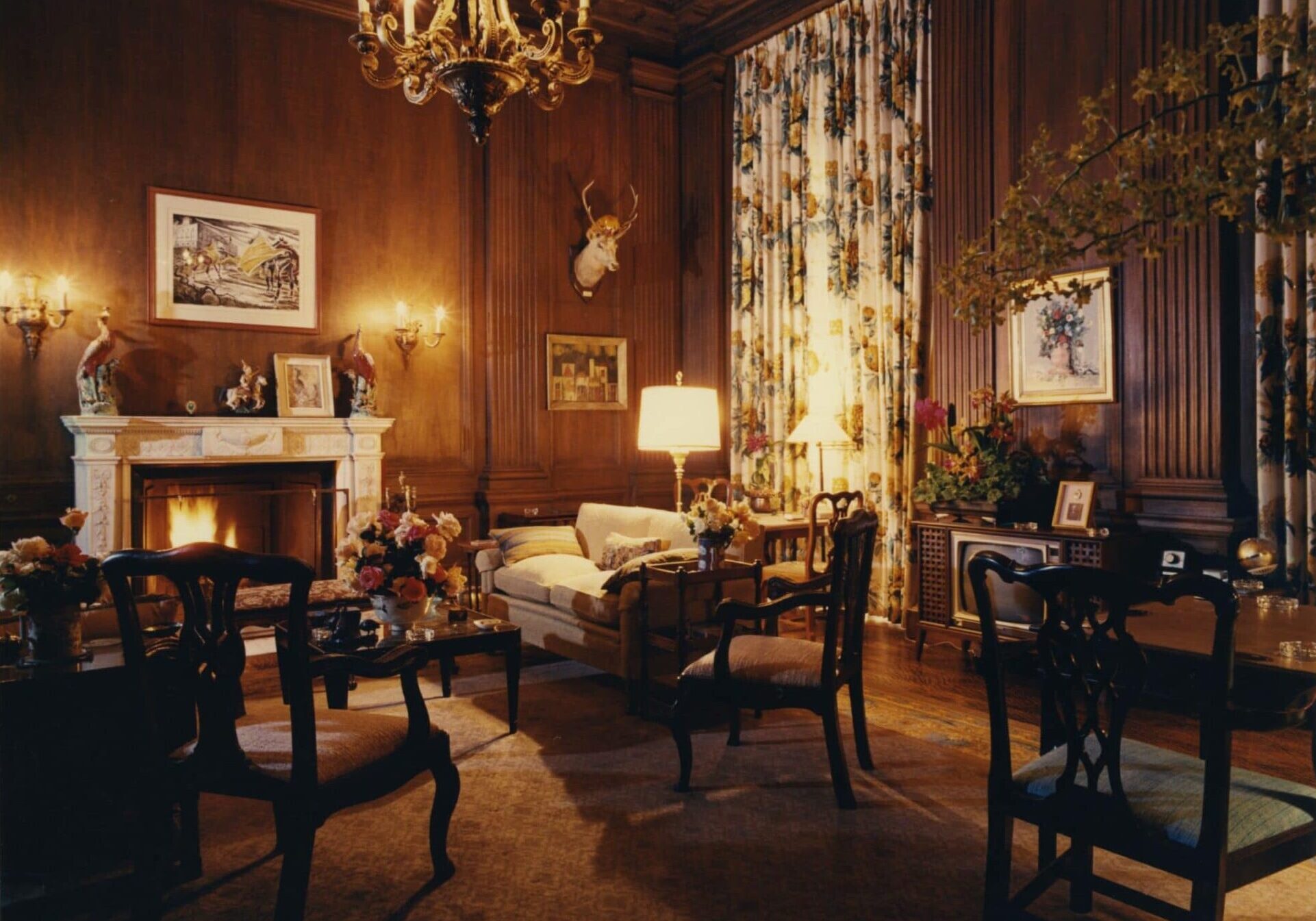
Family Living
Filoli was also a family home with more intimate spaces. William Bourn’s personal Study, for example, was later used by the Roths as a Family Room — a cozy alternative to the Reception Room and other grand entertaining rooms in the House.
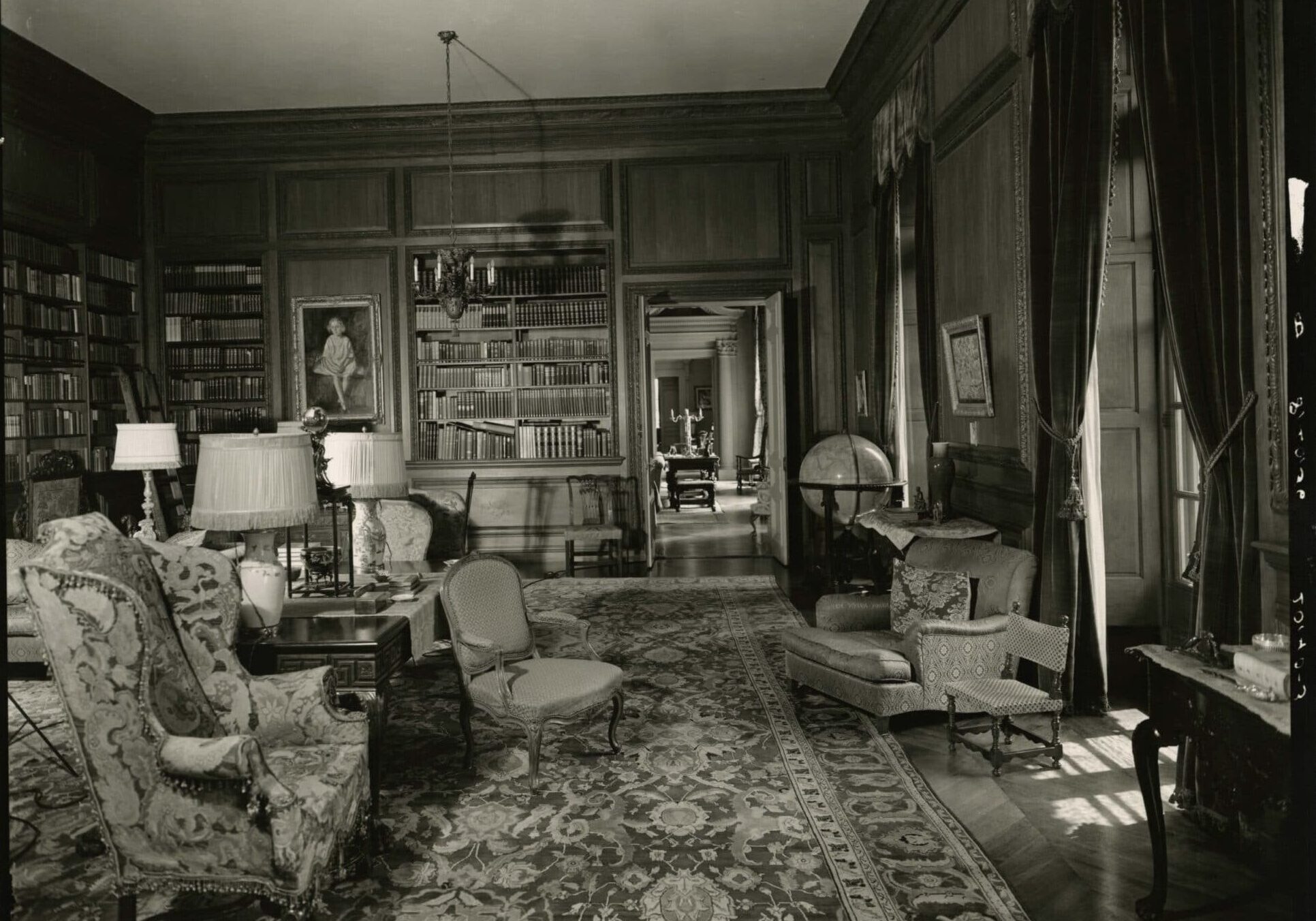
Furnishing a 56-Room Mansion
The House was empty when it was given to the National Trust for Historic Preservation. The furniture and art collection had been sold at auction or taken with Lurline Roth to her new home. Since then, both families have donated items back to Filoli, and the ongoing support of generous donors continues to help Filoli appear as it originally did.
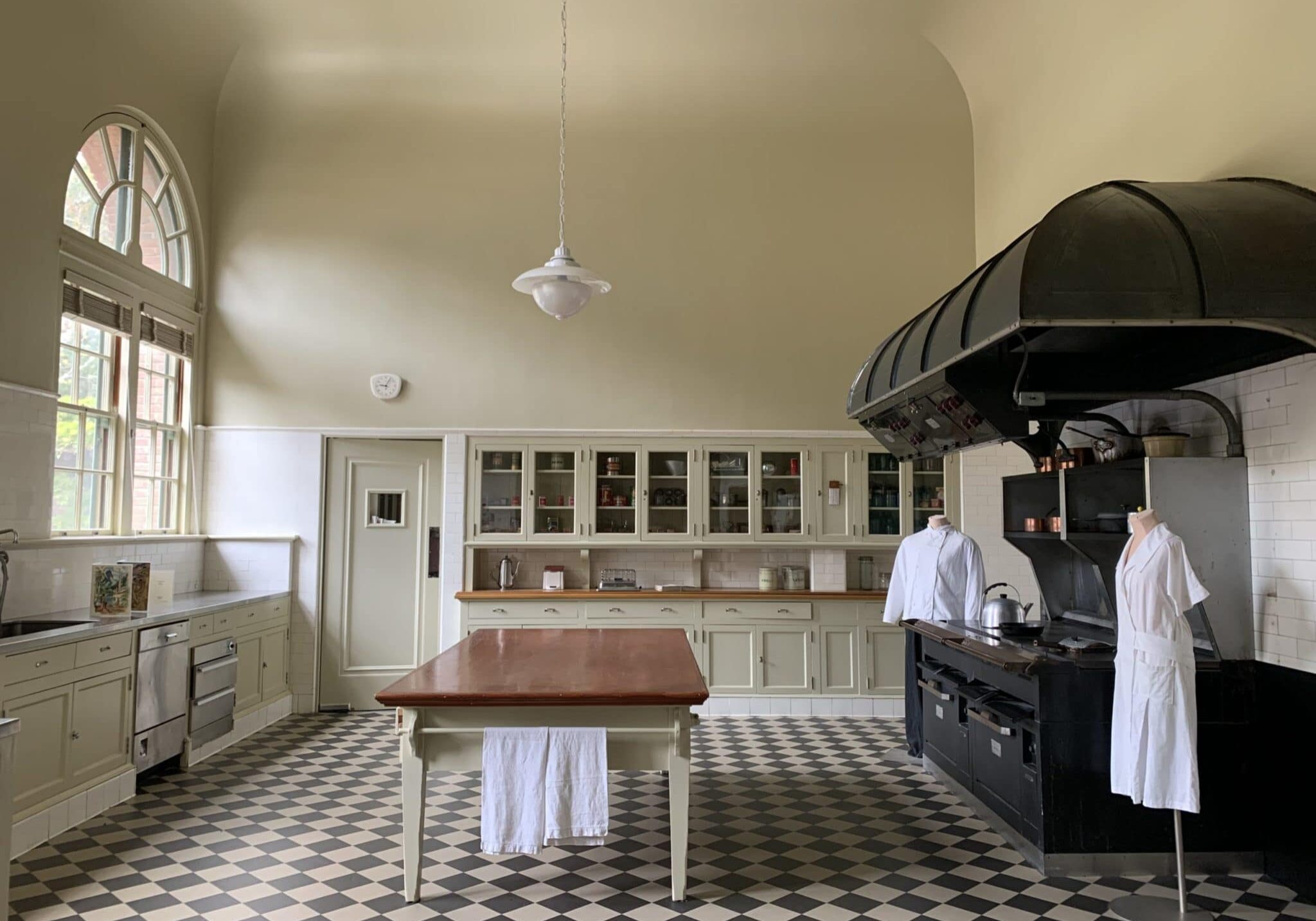
Staff Wing
The south wing of the House was for staff work areas and housing. Staff prepared as many as nine meals a day in the massive Kitchen, which boasts a 17-foot-high coved ceiling to help keep the room cool after hours of continuous cooking. The Butler’s Pantry — the operational heart of the home — features a walk-in safe for storing the silver, an electric call board, and a dumbwaiter.
